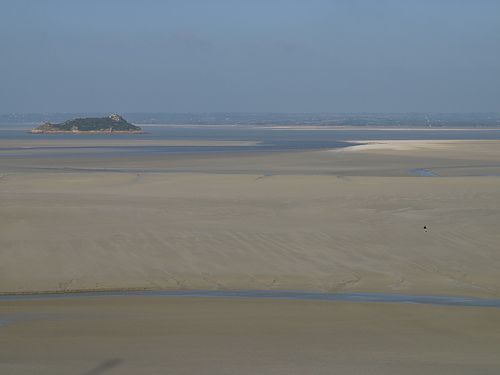-
 PVLAS
PVLAS
-
 DAC
DAC
-
 Amendment
Amendment
-
 Electrocution
Electrocution
-
 Cation
Cation
-
 Oncomodulin
Oncomodulin
-
 Multiple sclerosis
Multiple sclerosis
-
 Planck length
Planck length
-
 Inclination
Inclination
-
 Galactan
Galactan
-
 Naevus
Naevus
-
 Teratoma
Teratoma
-
 Storage memory
Storage memory
-
 Anorexigen
Anorexigen
-
 Passphrase
Passphrase
-
 Semiconductor laser
Semiconductor laser
-
 Dyskinesia
Dyskinesia
-
 PCR
PCR
-
 Shark feeding
Shark feeding
-
 Meteorite swarm
Meteorite swarm
-
 Lewis acid
Lewis acid
-
 Open fracture
Open fracture
-
 Air brake
Air brake
-
 H5N1
H5N1
-
 Mean anomaly
Mean anomaly
-
 PFS
PFS
-
 Brown dwarf
Brown dwarf
-
 Gametangium
Gametangium
-
 Albinism
Albinism
-
 Potato
Potato
Tidal range
The tidal range is the difference in height between high tide and the following low tide. This term is also used to designate other variations of the water level in bodies of water and watercourses.
From an oceanographic perspective, the tidal range varies over time and space depending on several parameters. The most important parameters are the sun, the moon and geography (the ocean basin).
The most important temporal variation is the cycle of spring tides, when the tidal range is the highest, and neap tides, when the tidal range is the lowest.
On a local level, the physical structure of oceanic basins can slow down (Mediterranean) and even suppress (amphidromic point) the spread of tide waves, creating a very small tidal range. Inversely, tide waves can grow and reach 10 to 14 meters in the Bays of Mont-Saint-Michel or Fundy (Canada).
The daily and variable oscillation of sea water levels creates specific coastal habitats. These ecological habitats form the foreshore ecosystem.
 In the Bay of Mont-Saint-Michel, the tidal range can reach 10 metres. © duvalmickael50 CC by-nc-sa 2.0
In the Bay of Mont-Saint-Michel, the tidal range can reach 10 metres. © duvalmickael50 CC by-nc-sa 2.0
Latest
Fill out my online form.



